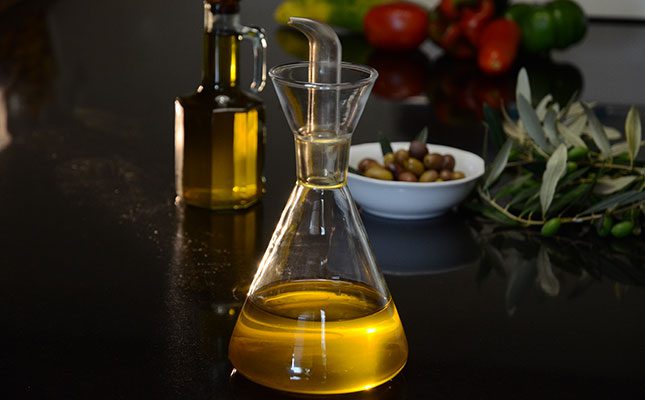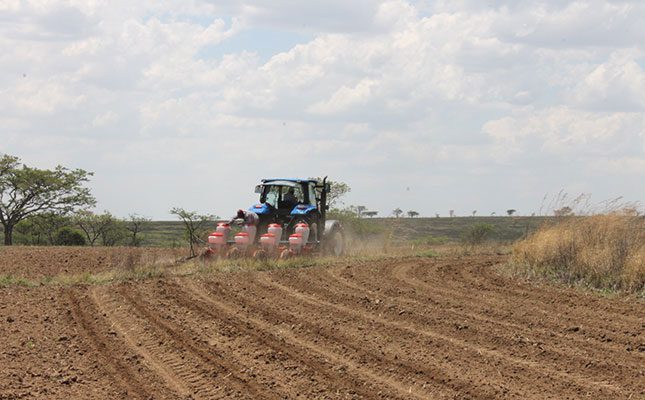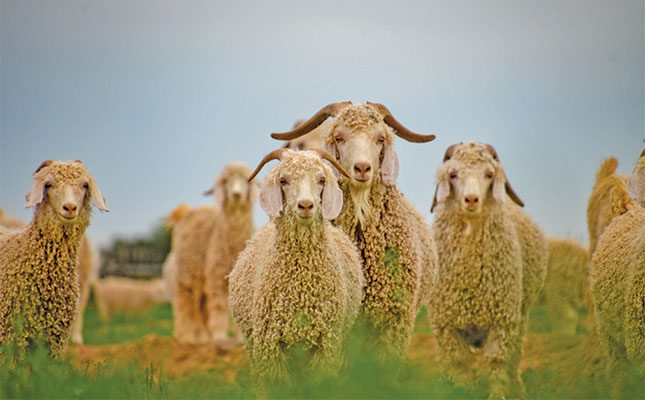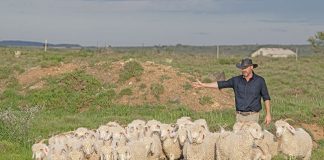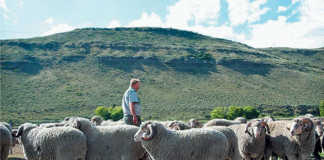
Photo: Lindi Botha
However, a report by Meat & Livestock Australia (MLA) noted a 44% increase in South Korea’s demand for Australian goat meat last year, with exports to the latter growing by 675% since 2020.
Demand from Trinidad and Tobago also increased, rising by 18% year-on-year in 2024. Meanwhile, the US remained the largest single export market for Australian goat meat, averaging almost 60% volume share over the past five years.
Australia is the world’s largest exporter of goat meat, accounting for 55% of global volumes, according to the Food and Agriculture Organization of the United Nations. Therefore, movements in trade from that country have a significant impact on global supply and demand trends.
Kenya is the second-largest goat meat exporter in the world, accounting for 28% of trade, followed by Ethiopia (12%), Spain (5%), and France (3%).
While South Africa has a thriving goat production industry, exports remain minimal. In addition, local demand outstrips supply, which not only limits exports but also supply to retailers.
Speaking to Farmer’s Weekly, Prof Frikkie Maré, CEO of the Red Meat Producers’ Organisation, said demand from the informal market for goats for cultural or religious ceremonies was so high that farmers had little need to either sell into the mainstream meat market or export the meat.
“Ceremonial buyers are prepared to pay a premium for goats that have a specific appearance, which abattoirs won’t do. Even average prices for goats are higher than [those] for sheep, so even if the meat were available in retail, consumer price resistance would limit sales,” he added.
Pinpointing supply and demand in South Africa was problematic, as Maré explained that the goat industry was largely informal, with production, auction, and slaughter figures going mostly unreported.
“Last year, the registered abattoirs reported that only 800 goats were slaughtered. The vast majority of goat slaughtering in South Africa is not done at abattoirs, so we have little idea as to how big the demand or supply of goat meat is,” he explained.
To grow demand for goat meat beyond those who consume it as part of their culture, marketing and education campaigns were required to help consumers understand how to cook the meat.
The MLA report stated that although goat meat consumption in the US was growing, it remained a niche protein with relatively low consumer awareness, largely due to lack of familiarity.
“With most consumers not having grown up eating goat as a part of their protein repertoire, many don’t know how to cook it. US goat meat buyers are more likely to have Caribbean, African, Asian, Pacific Islander, and Central American cultural backgrounds, where goat meat is part of traditional cuisines.
“It is also more frequently consumed by those who identify as Hindu and Muslim, with those consumers enjoying more than twice as many goat meat meals per week than the average for the US,” it stated.
MLA noted that more frequent goat meat buyers tended to be younger affluent consumers looking for novelty, variety, health benefits,, and meat raised with high animal welfare standards. It added that this presented a marketing opportunity to extend consumption beyond traditional avenues.



